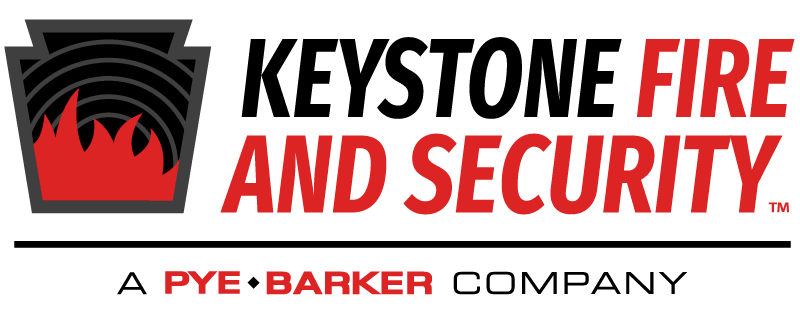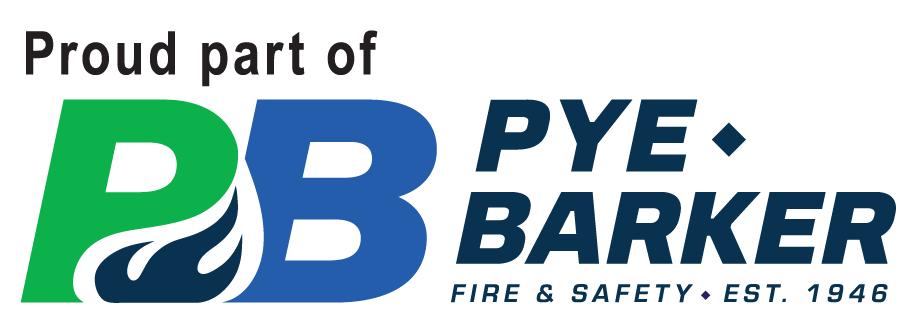Fire extinguishers can be an essential tool when a fire breaks out. When used early and properly at the onset of a fire, they can help contain and extinguish the flames before they become uncontrollable. They are the key to preventing not only extensive damage to your home or building but also to avoid severe injuries to the people inside. Unfortunately, fire extinguishers are not invincible devices. Over time, they can deteriorate and lose their effectiveness. A failing fire extinguisher is the last thing you need when a fire starts nearby, so it is important to know what causes a fire extinguisher to fail, and the best way to prevent it.
Needs Recharging
The moment you use your fire extinguisher, it becomes less effective for the next time you use it. This is the case for two reasons. First, the fire extinguisher is no longer at full capacity because some of the extinguishing agents has been discharged. This could be a huge problem if the next fire you face is larger or more serious. Secondly, when a fire extinguisher is partially full, it can have difficulty maintaining the charged pressure and could start leaking.
Prevent This Issue: Don’t delay after using your fire extinguisher. Bring it to a fire safety specialist to have it recharged and ready to go for the next time that you need it.
Damage or Mishandling
Fire extinguishers appear to be tough and durable, but it only takes a short drop or small collision to cause damage – especially to vulnerable parts of the extinguisher, such as the valve assembly. Additionally, accidentally leaving your fire extinguisher out in the sun or in a freezing room can have negative consequences as well. Sunlight can fade out the label’s important information, while cold temperatures can diminish the integrity of the hose.
Prevent This Issue: Keep your fire extinguisher is a safe place, where it cannot be bumped, knocked over or exposed to heat or cold. Visually inspect your extinguisher for loose pieces or dents along with the tank.
Blocked or Worn Out Hose
To function correctly, the extinguishing agent must be able to freely flow from the tank to the flames. However, if the hose is blocked, the extinguishing agent cannot be properly discharged. Fire extinguisher hoses can become blocked with debris, bugs or even extinguishing agent from a previous discharge. Furthermore, the rubber hose, while typically very durable, does not stand up well to cold temperatures. Freezing weather can make the hose brittle and susceptible to rips and tears.
Prevent This Issue: Periodically check the hose and clear out any debris. Also, ensure the extinguisher is not left in a cold place.
Leaks
Leaks typically occur when there is a change in the internal pressure of a fire extinguisher. We have already seen that when a fire extinguisher is discharged (or partially discharged) it is more susceptible to losing its charge pressure and leaking. However, leaks can occur even if the fire extinguisher has never been used. Over time, the pressure within the tank can fluctuate due to a variety of factors. Mishandled or damaged fire extinguishers can also alter the internal pressure and cause leaks as well.
Prevent This Issue: Check the pressure gauge on your fire extinguisher. The needle should fall in the green zone – not above or below. If the pressure is too high or too low, you should immediately have your fire extinguisher serviced or recharged to address the issue.
Corrosion
Corrosion occurs when the fire extinguisher is exposed to moisture for an extended period. It can eat away at the metal levers or valves, causing them to malfunction in an emergency. In worse case scenarios, corrosion can weaken the tank enough so that it is unable to withstand the pressure of the contents. When that occurs, there is an extreme risk that the tank could rupture when the extinguisher is activated, which could cause severe injury to the individual operating the device.
Prevent This Issue: Keep your fire extinguisher stored in a dry space. If you store one outside, make sure that it is sufficiently protected from weather, especially rain and snow. Visually inspect for signs of corrosion and bring it in for servicing regularly.
Regular Service
The number one way to prevent fire extinguisher failure is to have it regularly serviced by professionals. Keystone Fire Protection Co. has experienced technicians that can inspect, repair, and recharge fire extinguishers to make sure they are ready for usage in an emergency. If you notice your fire extinguisher has any of the visible signs detailed throughout this article or it is time for the annual inspection, contact Keystone today to schedule your fire extinguisher service.

